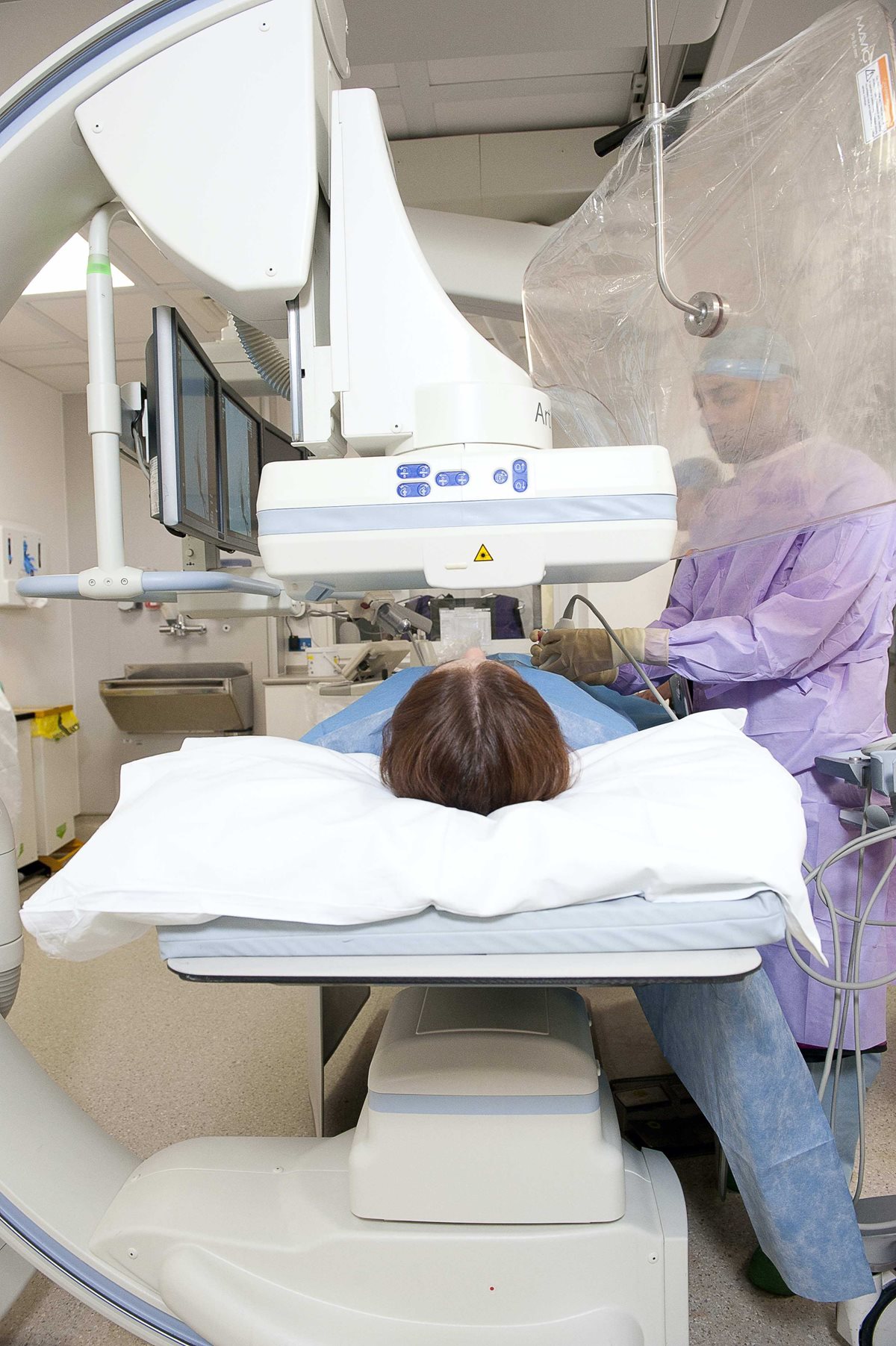Findings from the latest Diagnostic Radiography Workforce UK Census have found that 90% of the 66 respondents have unfilled posts in their organisation, reflecting an overall rate of 9.6%.
Held at the end of last year, the survey results vary with England having the highest vacancy rate at 10.2% and Scotland the lowest at 6.3%. (Only one response was received from Wales and one from Northern Ireland; their figures are therefore not reported.)
Of the respondents, 72% note they are regularly using agency staff to cover vacancies (89%), because of an increase in establishment (24%), or to backfill long term absences (22%).
One in 20 staff are in postgraduate training in MRI, CT, ultrasound, mammography, nuclear medicine and/or reporting, and 11.4% of diagnostic radiographers, sonographers and/or nuclear technologists are in advanced practice, and 0.8% are working as consultants.
Promotion in another centre, retirement and personal reasons were offered as the main causes for staff leaving, with multiple respondents also noting relocation and dissatisfaction with shift hours.
Society president Gill Hodges notes the complications the diagnostic radiography workforce has faced and how the profession should use the challenges to work together and improve the future of the profession.
“At the time of writing, we are in the midst of the Covid-19 pandemic. This unprecedented crisis has reinforced the need for an adequately resourced, trained, flexible and responsive radiography workforce,” Gill said.
“As we continue to meet the challenges and consequences for imaging services during and after the pandemic, it is undoubtedly an opportunity for the profession to influence governments.
“We urge service leaders to work with key stakeholders in regional networks to develop clear plans to support the growth of the workforce to meet population needs at the local level.”
